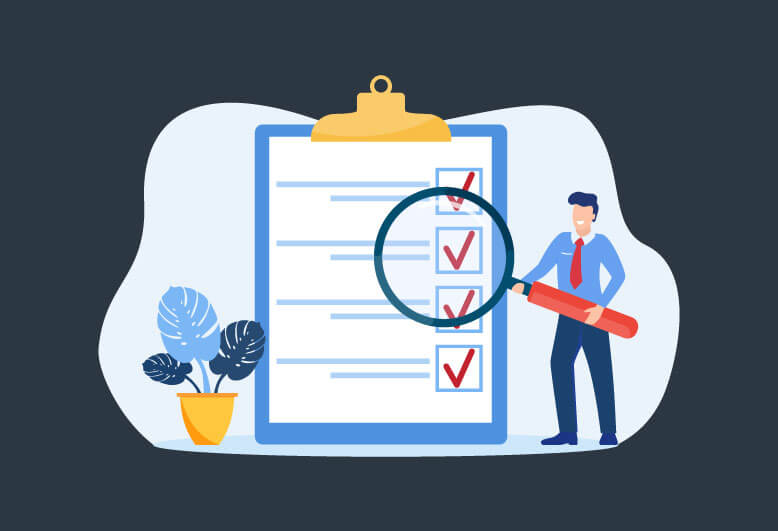
What Is HIPAA?
The Health Insurance Portability and Accountability Act (HIPAA) is a federal law that establishes guidelines for sharing personal health information and preventing its unauthorized use.
The HIPAA Act is founded on two fundamental concepts in patient care: privacy and confidentiality. The legislation was enacted to protect people from losing their health insurance if they changed jobs or developed health problems. As it was written many years ago in the pre-digital world, the act has been expanded several times. In general, this noteworthy law states the following:
HIPAA, for example, has provisions for the security and privacy of PHI (personal health information).
HIPAA requirements for custom developed software are associated with legally protected foundations, for example, emergency clinics, corporate medical services associations, research establishments, and insurance companies that manage patients and their data. The HIPAA PHI security requirement also applies to these offices’ partners.
Also Read : THE ROLE OF AI IN UI/UX
Compliance with HIPAA is, as usual, an expensive affair for most m-health app developers. Certainly, there are various services available, such as a HIPAA compliant app builder, which can create HIPAA compliant iPhone apps in minutes. However, knowing your way around the law is essential because it ensures full HIPAA compliance for software development. To meet HIPAA requirements, you must implement all necessary authoritative, physical, and specialized safeguards to protect individual clinical information, such as the protection, dependability, and security of electronically communicated PHI.
Administrative safeguards include access control and training, while physical safeguards include servers, data centers, PCs, laptops, and so on, and technical safeguards include the health data itself.
Furthermore, developing a HIPAA-compliant phone app necessitates an IT risk assessment. The HIPAA Security Rule, however, provides no comprehensive information on the subject. However, a number of documents assist in better understanding HIPAA requirements and ensuring adequate risk assessment procedures.
Based on these documents, we’ve developed seven steps for ensuring HIPAA compliance in your organization.
These instructions also go over comprehensive HIPAA risk analyses in 7 steps.
A HIPAA-compliant app that stores PHI should limit who can see or change confidential information. According to the HIPAA Privacy Rules, no one should have access to more patient health information than is necessary to carry out their responsibilities.
Following the assignment of app privileges, the next step is to determine who is accessing PHI. For HIPAA-compliant software development, the law provides the following authentication methods:
PHI transmitted over the app network is encrypted during transmission, thanks to transmission security.
The HTTPS protocol, for example, uses SSL/TLS to encrypt data. It converts personal health information into a series of characters that is inane without decryption keys using a proprietary algorithm.
Try to use it for all of your communications, or at the very least for signup screens, PHI-containing pages, and authorization cookies.
PHI disposal is one of the HIPAA requirements for software. Disposal entails destroying PHI when it is no longer required. Check that there are no copies of the data in any backups; otherwise, the data cannot be considered disposed of. As a result, preventative measures must limit incidental and avoid prohibited uses and disclosures of PHI, including when such information is disposed of.
There is no absolute protection, no matter how reliable the HIPAA app storage system is. Furthermore, only a timely backup can help avoid the majority of the problems associated with data loss. Data backup is the process of creating a complete copy of information on another medium. Ideally, the backup should be stored on a server in a different data center. This is the only way to ensure the app’s data security.
An IT audit is a necessary step in the development of HIPAA-compliant software. The absence of audit controls in a HIPAA application may result in increased fines. It is preferable if you screen what is done with the PHI stored in your app. Throughout your framework, keep track of every time a client sign. You should be aware of all sensitive information operations performed within HIPAA mobile apps.
Programming, equipment, and procedural methods can all be used to perform checks. A simple solution would be to record all interactions with patient information in a database or log file.
Encryption is an important method of protecting data from intruders. It enables risk-free data transmission over a network and ensures data integrity. In today’s digital world, encryption is essential, including HIPAA requirements for mobile devices and HIPAA compliance for web applications. Cryptography, the science of message security, underpins all existing encryption methods. Modern methods, of course, are not limited to character conversion and are used in contexts other than personal correspondence. Today, it is necessary to work with virtually all types of data used in business. Without encryption, hackers can easily read the information stored on a HIPAA compliant app.